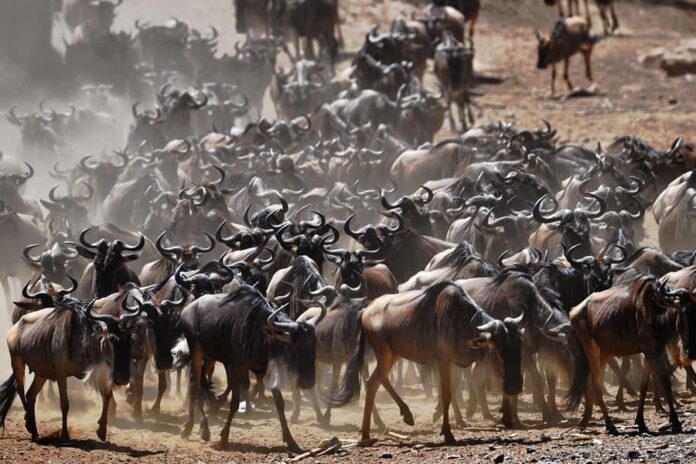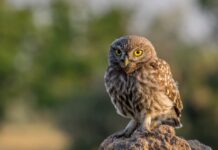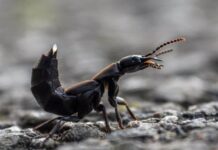Each year, many different animal species form and result in some of the largest mammal migrations. So why do animals migrate? A majority of animals migrate to find food or a better place to breed and raise their young. At the same time, they also leave the cold climate in winter when food is scarce. Today, we are going to introduce you to some of the largest mammal migrations around the world in the list below.
1Antelope
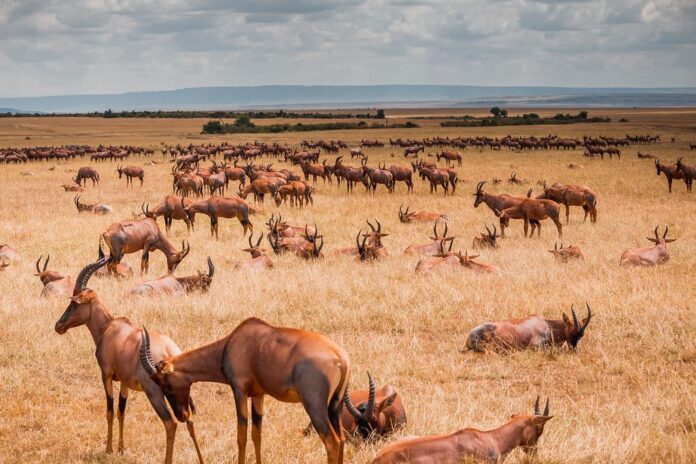
Almost all antelope species live in open areas where grasses and vegetation are abundant for the herds to feed on. When it comes to mass migrations, two species of antelope stand out the most including pronghorn and Saiga antelopes. In spring, large herds of female antelopes gather and migrate to breeding areas. The size of herds becomes smaller in summer when they separate into groups according to gender.
When autumn starts, antelopes gather again to move to their winter grounds and the journey may reach 1,000 kilometers a year. The mass migrations of antelope are no walk in the park as they go through various obstacles during their journey. Those include the encounter of new fencing, roads, predators, and more in their expedition to meet the need for food. Apart from those hurdles, human activities also play a part in the decline of their population.
2Bat
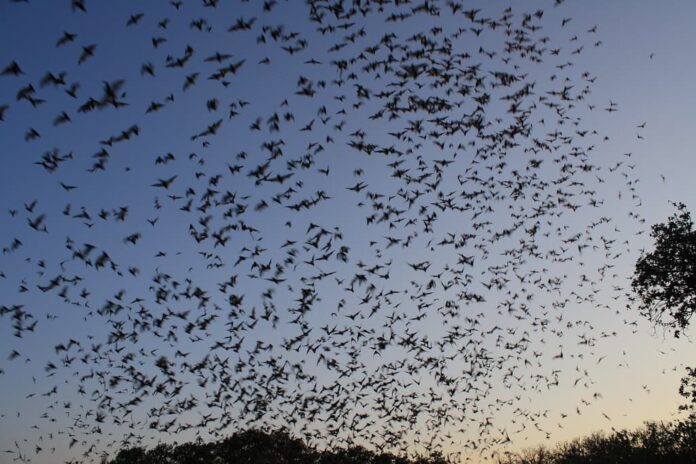
Africa is a beautiful continent where animals of various species roam, and this land’s largest migration is in the sky. Each year, millions of fruit bats start to fly out of their roost when winter begins. Food is scarce for them in colder weather so they have to seek better habitats for not only feeding but also breeding. Sometimes they conduct regional migration which is only around 100 to 500 kilometers between their summer and winter roosts. Long-distance migrations are also common in the range of up to 1000 kilometers. The thing is that mass migrations in bats are usually within the continent rather than across the continents. Bats use a lot of energy flying around so they must consume a lot of food. This is why they don’t usually do the cross-continent type of migrations.
3Bearded Pig
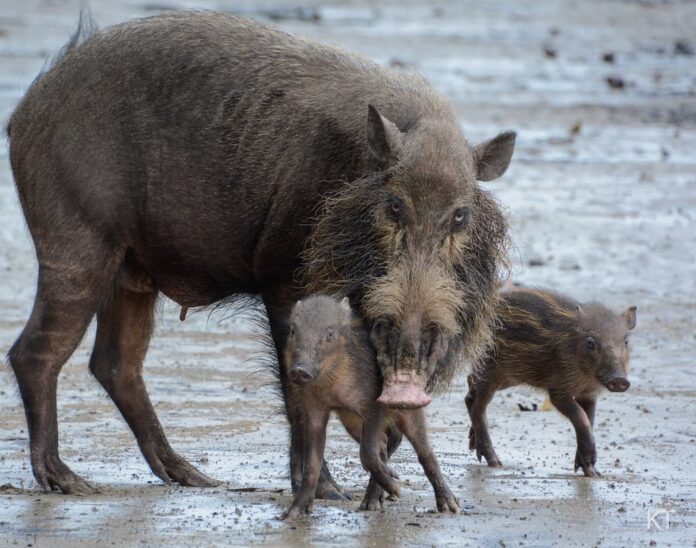
The bearded pigs have yellowish whiskers on the side of their faces and over the bridge of their nose. The whiskers form a beard-like appearance which is different from other pig species, hence the name bearded pig. At the same time, these pigs are large and they have long legs with dark gray, pale gray, or reddish-brown bodies. Bearded pigs are good climbers and jumpers, and their swimming skill is also quite impressive.
As omnivores, they forage the forest floor and eat a wide range of vegetables as well as meat. So when colder months come and the food is scarce, they begin to leave their habitats. Several hundreds of bearded pigs join together for migration annually, led by old males. The special thing about their migration is that they always travel by the same route at the same time of year. During migration, they travel at night and shelter in the thickets during the day.
Bearded pigs are so rare in the wild, so coming across one in their native habitat is very rare. They live in tropical rainforests of Borneo, the Malay Peninsula, and Sumatra along with a few other smaller islands. Another thing is that they are typically active in the morning and late afternoon but shift to be active at night. This is common in areas inhabited by humans since they prefer to avoid any encounters. Habitat destruction and hunting are their main threats, and their population is unknown.
4Burchell’s Zebra

Their migration is fascinating because Burchell’s zebras form the longest land mammal migration in Africa. It starts at the end of November from Namibia to Botswana with a distance of over 300 miles roundtrip, annually. Each migration consists of several thousand zebras traveling together in a north-south direction to find food and water. During the dry season, these zebras live in the flood plains of Salambala where water sources are permanent. The common disruption to their journey is fence construction, so zebras change their routes. The fascinating thing is that they are adaptive and smart enough to deal with route change without affecting their migration.
5Caribou
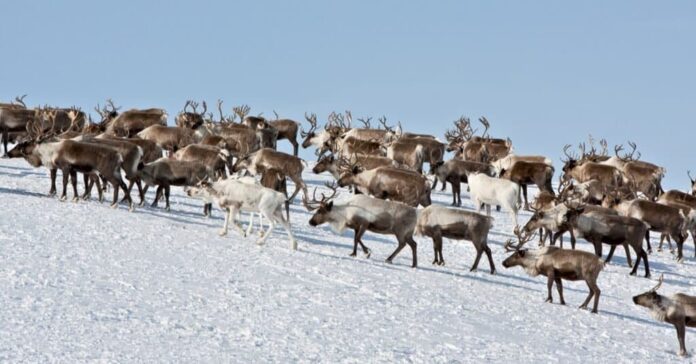
As one of the highly migratory animals, caribous move a lot during the year between summer and winter ranges. The summer range provides nutritious food for them especially the new calves to grow healthily. When the autumn migration comes, thousands of caribous cross the lake and move to the other side of the island. Large herds tend to migrate long distances up to 400 miles apart while smaller herds migrate at a distance of around 120 miles.
Just like other mammal migrations, there are also situations where things are difficult for caribous such as human structures, traffic, etc. In spring, the herds of pregnant female caribous migrate from their winter ranges to their traditional calving grounds. This is where the female caribous (cows) give birth to the young, usually at the foothills. Mass birth-giving also prevents predators from killing newborns since the numbers are too high; hence better survival chances.
6Lemming
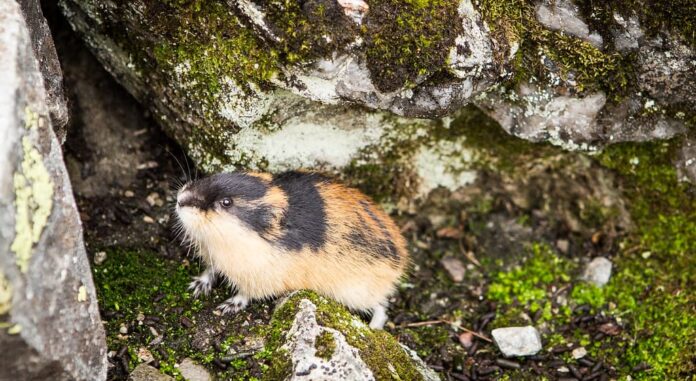
This is a small rodent species that lives in or near the Arctic where they feed on grasses and mosses. Sometimes they also forage berries, bulbs, leaves, lichens, roots, shoots, and more through the snow surface. It is common for most rodents to have periodic populations where it fluctuates from time to time. In years when good food is plenty, lemmings breed very fast which makes the population shoot up.
Things go the opposite way when the food supplies are not so abundant, so some of them are forced to move out. This is when their migration begins, usually on a direct route to the highest point on the horizon. Some lemming species migrate in large groups when their population is large, and there is no specific place to migrate to. Migrations go smoothly in some locations while other areas have obstacles in the way such as lakes or oceans. Lemmings are good swimmers, but some may drown during the migration process if the journey exceeds their physical capabilities.
7Polar Bear
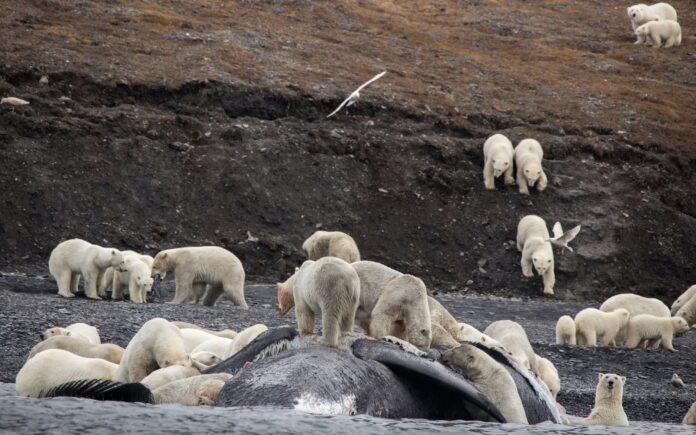
Where do polar bears migrate to if they only live in their natural habitats? It has been years since hundreds of polar bears conduct their annual migration from north to south as ice packs recede. In addition to that, this migration also travels a long distance to find food or mates as well. Usually, the males spend their winter in the ice pack while pregnant females dig dens in the snow to stay and give birth. When spring starts, the females will emerge from her den and begin to feed. Polar bears depend heavily on sea ice, and climate change and global warming play a huge part in their population decline.
8Wildebeest
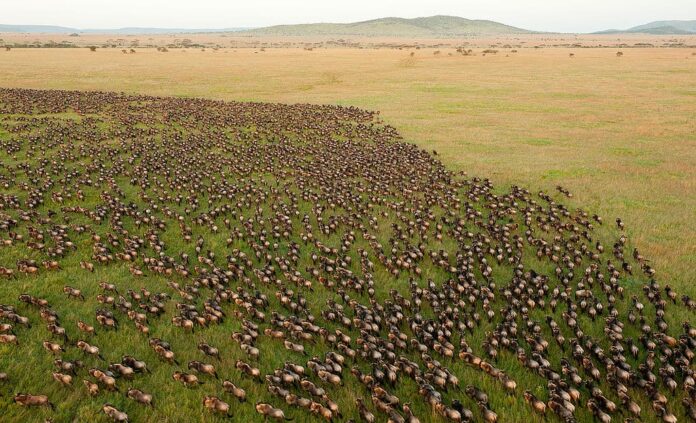
When it comes to the greatest and largest mammal migrations, wildebeest has to be on the list. The habitat of the wildebeests is in the Serengeti plains of southeastern Africa where they graze in the open woodlands and grassy savannas. In mid-March, hundreds of thousands of wildebeests begin their migration journey to and from Tanzania and Kenya. Their roundtrip trek is around 1,000 kilometers, across the hills, plains, and water bodies where various predators await.
Each year, at least 250,000 wildebeests lose their lives to cheetahs, crocodiles, leopards, and lions. Apart from the predators, disease, fatigue, starvation, and thirst are also parts of their death during the migration. The migration finally comes to the destination in October where nutrient-rich grasses have no limit for them to feed on. One month after that, the wildebeests begin their journey back to where they come from, going through the same obstacles.
The journey of the wildebeest does not happen alone, gazelles and zebras also join in so there are over 2 million of them in total. These animals migrate in a circular motion around the Serengeti National Park, making July to October the best months to visit Africa. You can choose a mobile camp or permanent camp in the right area to watch their journey as well. Thanks to their constant search for fresh grasses, we get to see a glimpse of their incredible life cycles.
Related Post: Dangerous Insect Swarms That Can Harm You

